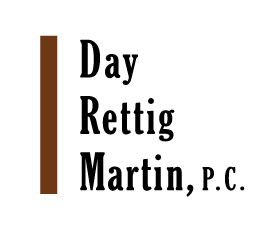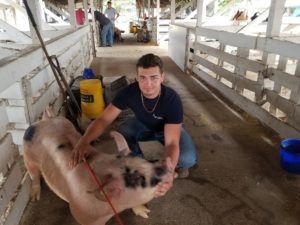Attorney Mark Rettig recently attended the Iowa State Bar Association’s 2019 Family Law Seminar in West Des Moines, Iowa. Attorney Rettig regularly attends this annual seminar covering numerous issues affecting family law attorneys and their clients. This year’s topics included, but were not limited to, spousal support, analysis of a small business owner’s tax returns, a case law update, the interplay between elder law and family law, changes in Iowa’s guardianship statutes, and trial practice tips. Shortly after attending this seminar Attorney Rettig attended an additional seminar related to major changes in how guardianships and conservatorship are processed in the Iowa court system.
It is seminars such as these that allow attorneys to maintain proficiency in the law and keep up with the constant changes and evolution of the law and how best to represent their clients. If you need assistance with any of your family law matters, or matters related to guardianships and conservatorships, contact Attorney Mark Rettig at Day Rettig Martin, P.C.


 Visit Our
Visit Our Contact Us
Contact Us


